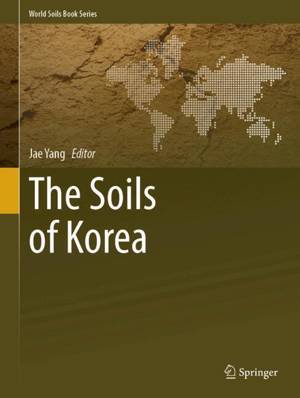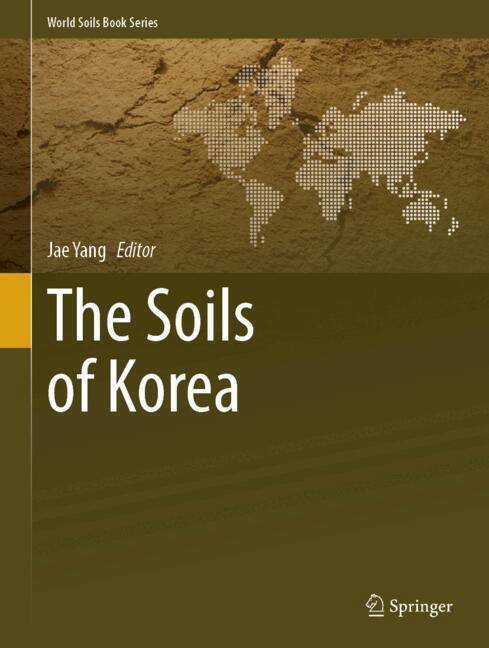
- Retrait gratuit dans votre magasin Club
- 7.000.000 titres dans notre catalogue
- Payer en toute sécurité
- Toujours un magasin près de chez vous
- Retrait gratuit dans votre magasin Club
- 7.000.0000 titres dans notre catalogue
- Payer en toute sécurité
- Toujours un magasin près de chez vous
Description
This book offers an in-depth exploration of Korean soils, emphasizing their unique characteristics, historical significance, and innovative management practices. Soil is the foundation of life on Earth, providing essential resources for food, clothing, and shelter. In Korea, soil management has been pivotal in shaping agriculture, economy, culture, and environmental sustainability. Over the decades, Korean agriculture has evolved significantly, transitioning from production-focused strategies in the mid-twentieth century to sustainable and eco-friendly practices in recent years. Korean soil scientists have been at the forefront of these advancements, pioneering innovations in soil classification, fertilization programs, and the application of technologies like artificial intelligence. These contributions have established Korea as a global leader in soil science, highlighted by its successful hosting of the 2014 World Congress of Soil Science. This comprehensive book examines Korea's soil types, primarily derived from igneous and metamorphic rocks, and their diverse applications in rice paddies, upland fields, and greenhouses. It also explores the cultural and ecological value of soil, including its role in shaping Korean traditions and its contribution to ecosystem services. This book is an essential resource for researchers, policymakers, and anyone interested in soil science and sustainability. This book provides valuable insights into the profound ways soil has shaped Korea's past, present, and future, offering a window into one of the world's most dynamic soil landscapes.
Spécifications
Parties prenantes
- Editeur:
Contenu
- Nombre de pages :
- 210
- Langue:
- Anglais
- Collection :
Caractéristiques
- EAN:
- 9783031854262
- Date de parution :
- 27-06-25
- Format:
- Livre relié
- Format numérique:
- Genaaid
- Dimensions :
- 210 mm x 279 mm

Les avis
Nous publions uniquement les avis qui respectent les conditions requises. Consultez nos conditions pour les avis.





